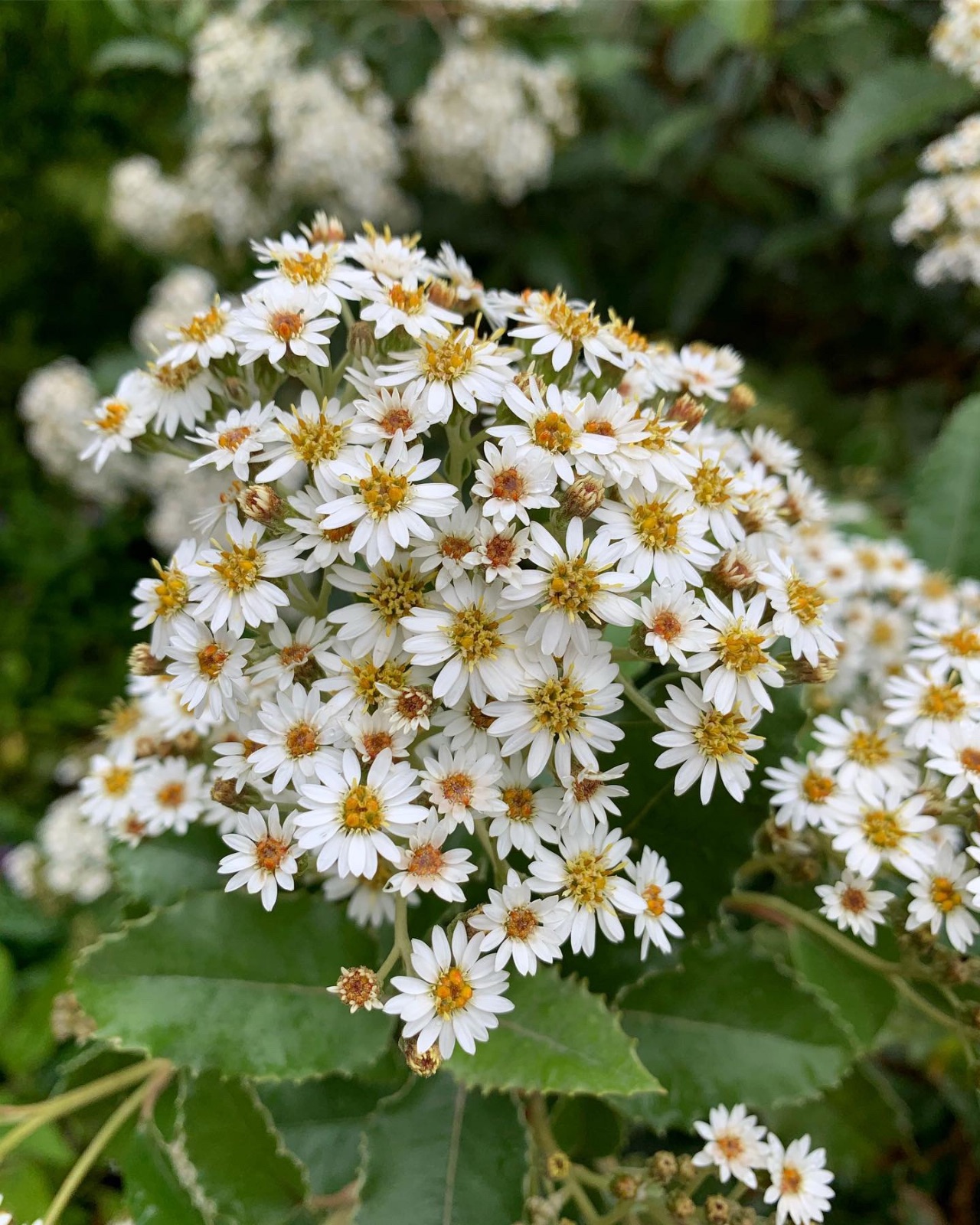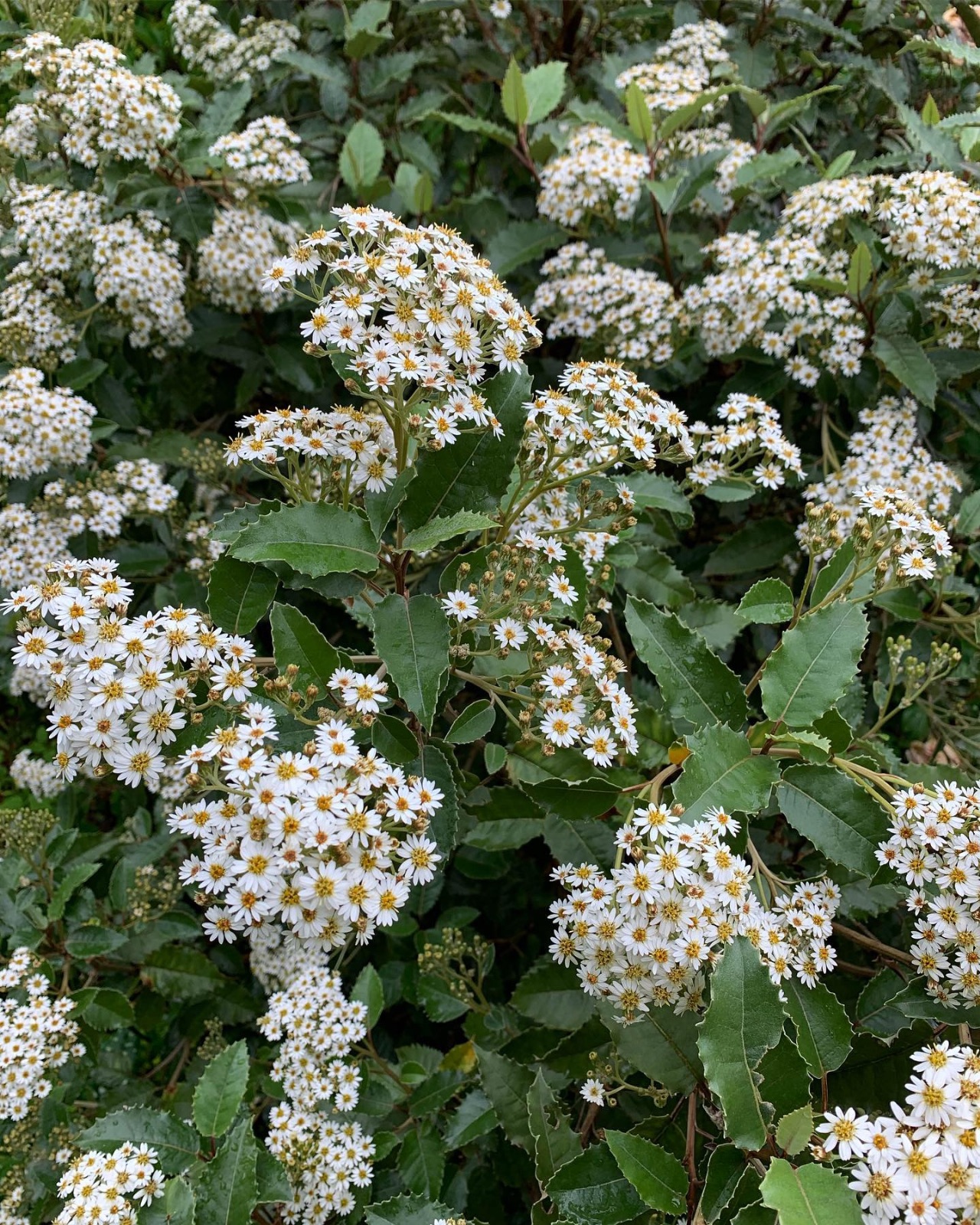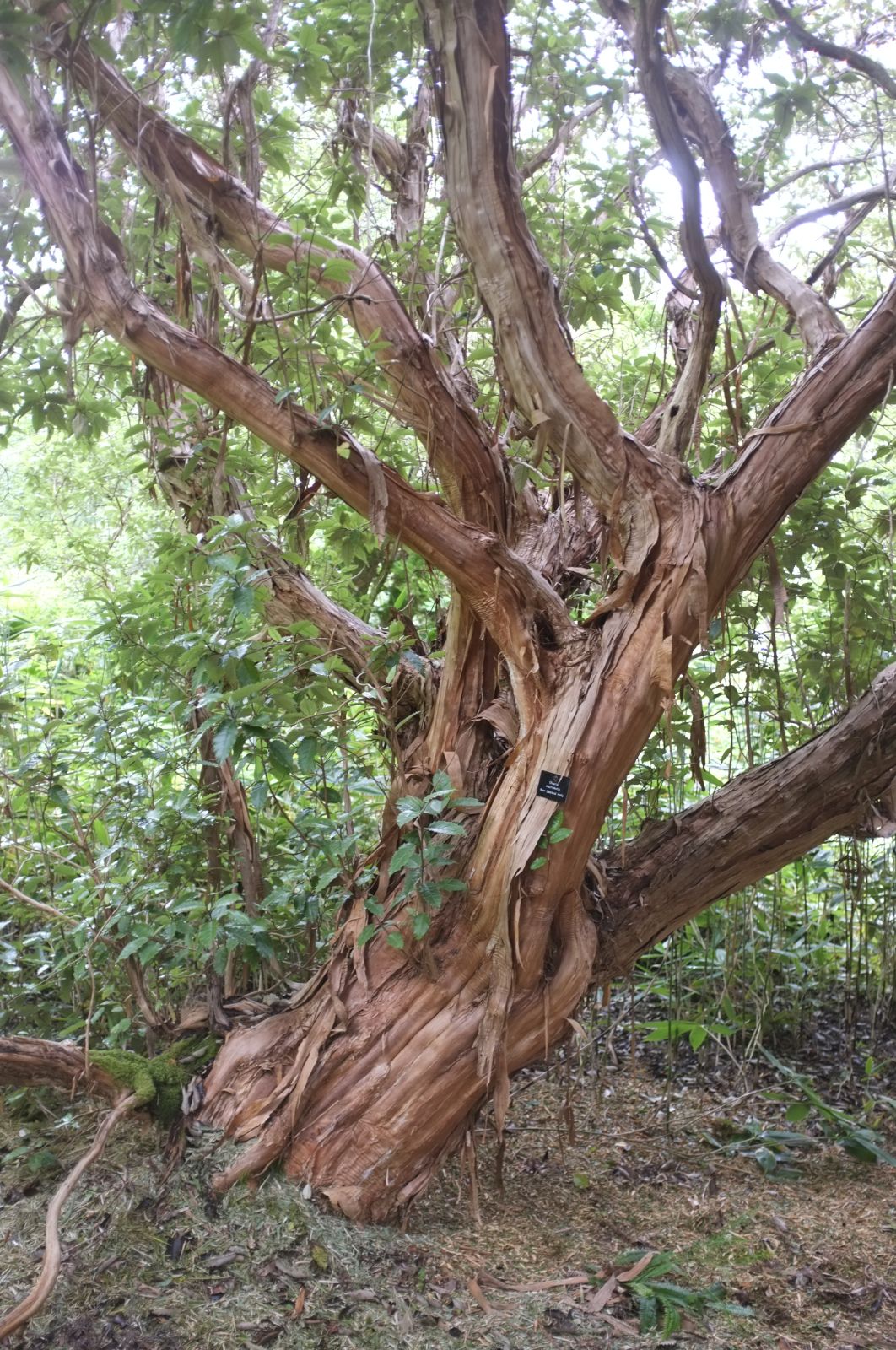Olearia macrodonta
Credits
Article from Bean's Trees and Shrubs Hardy in the British Isles
Recommended citation
'Olearia macrodonta' from the website Trees and Shrubs Online (treesandshrubsonline.
Infraspecifics
Other taxa in genus
- Olearia arborescens
- Olearia argophylla
- Olearia avicenniifolia
- Olearia chathamica
- Olearia cheesemanii
- Olearia colensoi
- Olearia erubescens
- Olearia frostii
- Olearia furfuracea
- Olearia × haastii
- Olearia ilicifolia
- Olearia ilicifolia × O. moschata
- Olearia insignis
- Olearia lacunosa
- Olearia ledifolia
- Olearia × mollis
- Olearia moschata
- Olearia nummulariifolia
- Olearia odorata
- Olearia paniculata
- Olearia phlogopappa
- Olearia ramulosa
- Olearia rotundifolia
- Olearia × scilloniensis
- Olearia semidentata
- Olearia solandri
- Olearia traversii
- Olearia virgata
An evergreen shrub up to 20 ft high, or even a small tree in the wild, with bark peeling in long strips; young shoots angled, downy. Leaves alternate, firm and leathery, ovate to narrowly oval, rounded or tapering at the base, pointed at the apex, 2 to 5 in. long, 1 to 2 in. wide, the margins wavy and furnished with coarse sharp teeth, the hollows between them rounded; upper surface dark glossy green, downy only when quite young, lower surface covered with a close, silvery-white felt; leaf-stalk 1⁄2 to 3⁄4 in. long. Flower-heads produced in one or more branched clusters 3 to 6 in. across, at the termination of the previous season’s growth, each cluster on a silvery-white, downy stalk 3 to 6 in. long. The flower-head is 1⁄2 in. across, with ten or more white ray-florets and a few reddish disk-florets. Bot. Mag., t. 7065.
Native of New Zealand up to 4,000 ft. It is one of the finest olearias, almost hardy if sheltered from cold winds. The leaves are musk-scented when crushed.
'Major'
A form with larger leaves and flower-heads. There is an example at Rowallane, Co. Down, 22 ft high and 48 ft across.'Minor'
A dwarf, compact form, smaller in all its parts.The status of O. macrodonta is uncertain; it is perhaps of hybrid origin, from O. arborescens crossed with O. ilicifolia. Forms which are said to be hybrids between O. arborescens and O. macrodonta are also in cultivation, as O. ‘Rowallane Hybrids’; they have the toothed leaves of the latter and the hanging flower-heads of the former, but are perhaps no more than variants of the very variable O. arborescens.O macrodonta × O.
Synonyms
moschata



